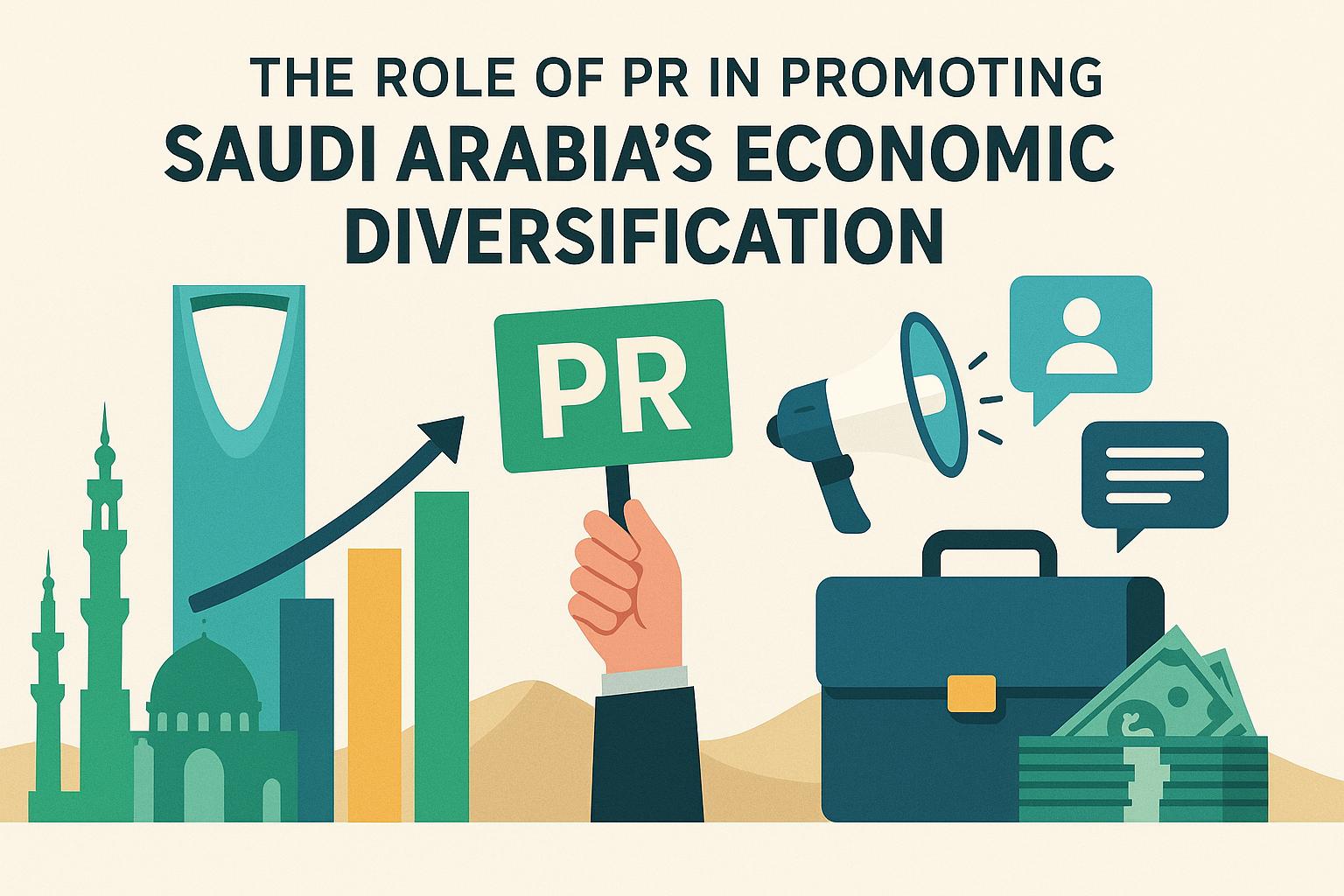Understanding Sovereign Wealth Funds
Sovereign wealth funds (SWFs) represent state-owned investment portfolios established to manage national savings and investments. These funds are typically sourced from a country’s surplus reserves, often accumulated from commodity exports like oil and gas or from trade surpluses. The primary goal of SWFs is to expand financial resources beyond domestic borders into international markets, thereby diversifying the economy and ensuring it can withstand fluctuations in the specific industries the nation may rely on, such as energy.
The Significance of Sovereign Wealth Funds
SWFs operate by investing in a wide array of global assets, including equities, bonds, real estate, and private businesses. Their investments not only aim to secure higher long-term returns, but they also seek to bring about broader economic stability and sustainability. By diversifying assets, SWFs reduce the risks tied to economic cycles and currency fluctuations in their own countries. This strategic approach is particularly important for resource-rich nations that endeavor to reduce their reliance on commodity exports.
Many countries have developed their SWFs to ensure that natural resource wealth is used for long-term economic plans rather than short-term consumption. This is essential for supporting large infrastructure projects, economic reforms, and strategic sectoral initiatives, which in turn contribute to national development goals such as industrial diversification and poverty alleviation.
Case Study: The Public Investment Fund (PIF) of Saudi Arabia
Saudi Arabia’s Public Investment Fund (PIF) is a quintessential example of a powerful and influential SWF. It epitomizes how SWFs can wield considerable influence on both national and international economic landscapes. Established to drive Saudi Arabia’s ambitious Vision 2030 plan, the PIF serves as a cornerstone in reducing the country’s dependence on oil revenues by diversifying its investment portfolio into different global sectors.
Diversified Investment Portfolio of PIF
The PIF’s investment strategy is highly diversified, with assets in sectors ranging from technology and entertainment to infrastructure and healthcare. This broad spectrum of interests not only ensures a more balanced source of income but also aligns with global economic trends, allowing the PIF to capitalize on emerging market opportunities.
In the technology sector, the PIF has strategically vested in Silicon Valley companies, reflecting its commitment to being at the forefront of technological innovation. The Saudi fund has invested in some of the most successful and forward-thinking technology firms in the United States, which have the potential to bring innovative solutions back to the Saudi economy.
United States as a Key Destination
The United States represents a vital investment location for Saudi SWFs. The PIF and other similar funds have consistently focused on the US market due to its robust economy and the presence of high-growth sectors. Investments in the US extend beyond technology and include real estate, infrastructure, and renewable energy initiatives. The US’s stable regulatory environment and mature financial markets make it attractive for long-term investment, which is a core tenet of SWFs.
Strategic Investments and Collaborations
Saudi investments in the US include large-scale stakes in major corporations such as Uber Technologies. Additionally, the PIF has engaged with SoftBank’s Vision Fund, reflecting a keen interest in technology innovations and developments. These investments are not purely financial; they represent Saudi Arabia’s strategic move to embed itself within critical sectors that will shape future economic landscapes.
Furthermore, partnerships with US firms have facilitated projects in energy efficiency and infrastructure development. Such endeavors open up mutual opportunities for innovation and growth, benefiting both nations. For instance, these collaborations often result in joint ventures that work on cutting-edge technology advancements, infrastructure modernization, and expanded market reach.
Implications for the United States and Beyond
The infusion of capital by Saudi SWFs into the US economy has significant implications. They impact everything from bolstering financial and economic growth in different sectors to enhancing business development. For the US, these investments mean increased capital flow, expanded industrial development, and enhanced bilateral economic ties between the two nations.
However, the growing involvement of foreign sovereign wealth funds is subject to scrutiny and regulatory oversight. Concerns arise around geopolitical influences and the control of national assets by foreign states. This necessitates a balancing act to secure economic opportunities while safeguarding national interests.
The Broader Economic Impact
Sovereign wealth funds like the PIF are indispensable players in the global economy. Through their strategic investments and collaborations, they foster economic growth, diversify income sources, and support innovation across borders. The engagement between Saudi Arabia’s SWFs and American enterprises exemplifies the potential for SWFs to enhance international cooperation and contribute significantly to the global economic dynamics.
Their presence in markets worldwide not only ensures a stable investment avenue for countries with large reserves but also encourages collaborative efforts that drive technological advancement and infrastructure development. As they continue to grow and strategically deploy assets, sovereign wealth funds will undeniably shape the future economic fabric across borders and industries, contributing to a more interconnected and resilient global economy.
This article was last updated on: May 25, 2025




